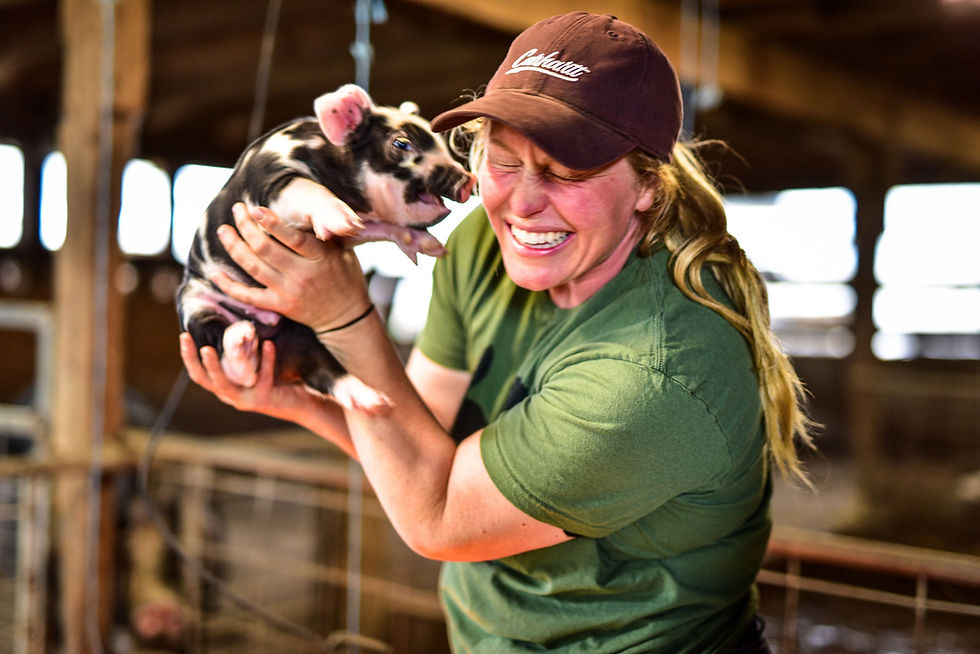Attachment Styles in Relationships
- Flower Bomb Media Group

- Mar 31, 2022
- 3 min read
By: ᴢᴜɴᴢᴇɪʀʏ
As we grow, love becomes a higher priority. The idea of companionship is nice, but not everyone is lucky enough to find their person. Some find them a little too early, and some a little too late. Either way, love is always in the air and with it comes to passion, dedication, sensitivity, and attachment.
Attachment is the most studied aspect of relationships; it’s one of human nature’s most important aspects and it goes far deeper than the surface level. There are different kinds of attachment styles. While you may love someone, you are still very different from them. No two people in a relationship are exactly the same. Neither are attachment styles. Humans naturally seek comfort, safety, contact, and love. Let’s open up our hearts and dig deep into the key attachment styles.
Anxious-Preoccupied Attachment Style
In relationships, an anxious partner is often consumed with the fear that they’ll end up alone and no one wants to be with them. Usually, these types of partners focus on the negative parts of themselves and while focusing on the good in everyone else. Partners with the anxious attachment style value their relationships highly but often are worried their partners don’t feel the same. These types of partners can become clingy and demanding when there is an absence of stability and support.
Dismissive-Avoidant Attachment Style
Those with this style are typically independent, not always needing to be with someone. These types of partners are self-sufficient, as they believe they don’t need a relationship to feel complete. They usually have high self-esteem as they don’t need to seek approval or support. I’d say this attachment is the most opposite of the anxious attachment. The con? These partners can be close-minded and often shut out others, both romantically and platonically.
Fearful-Avoidant Attachment Style
This style focuses on those with a fear of abandonment and who have a hard time with trust. They actively push people out of their lives, rather than shutting them out like the dismissive-avoidant. They’re often suspicious of their partner and have a hard time believing them. Fearful people do crave love and intimacy but hold themselves back because they fear depending on others. Those with this style should avoid forming emotionally reliant attachments to others.
Secure Attachment Style
As humans, we want to open our hearts, allowing for support and intimacy. In this attachment style, partners feel secure and are okay with being alone. They draw reasonable boundaries and have a positive view on relationships. But having a secure attachment style does mean you have a perfect relationship; no one is perfect. With every relationship comes ups and downs.
All of us lean towards one of these attachment styles and we all experience them in different ways. Having the same style as someone else does not mean that your relationship won’t have issues, though. We often relate to others because we have gone through similar experiences, but we are all unique in our own ways. If you work together with your partner, you can build a secure, comfortable relationship. It is also important to remember that being in a relationship is not the only way to live. Yes, it’s wonderful; the feeling of butterflies in your stomach at the start of a relationship is exciting, but self-love is just as fulfilling as loving someone else.






Comments